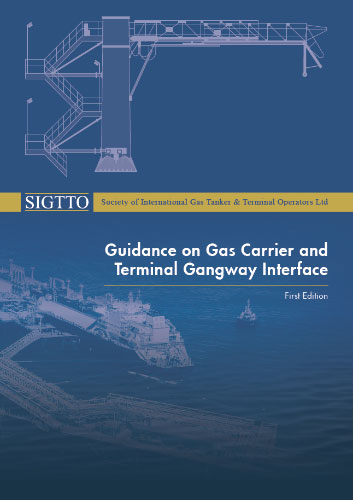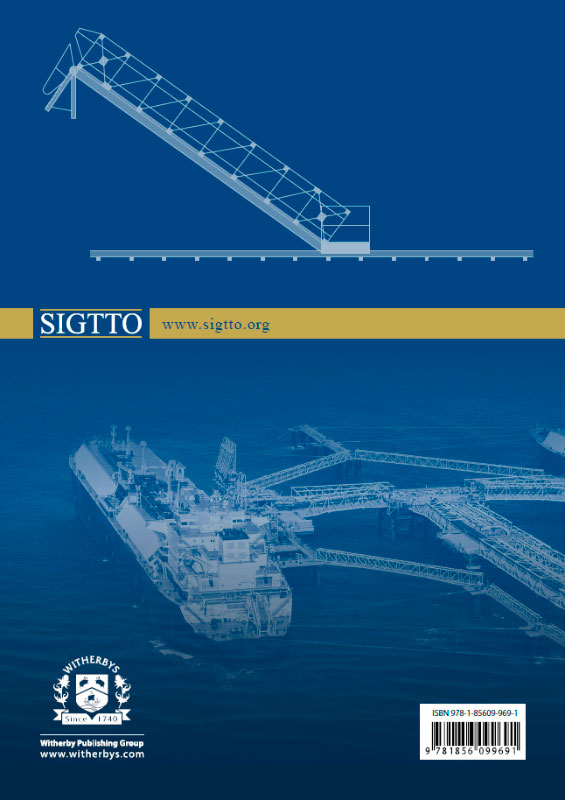Guidance on Gas Carrier and Terminal Gangway Interface/Руководство по взаимодействию с газовозом и терминалом
Книга на английском языке.
Gangways are the primary means of safe access to a ship that is alongside a jetty. Due to the variety of ship and terminal designs, it is difficult to get a perfect fit in every situation. This document is intended as a step to try to address this issue and to minimise the differences as much as possible. It will discuss different gangway types and configurations, and provide recommendations in an effort to maximise safe access to the ship via the gangway.This document first provides guidance on shore gangways when used on large gas carriers and then highlights specific challenges for smaller ships. The main focus of the guidance is to provide items to consider when designing a gangway system and during the design of the ship landing area. The guidance also encourages a structured approach to hazard management through the use of risk assessments.The provision of safe access is the joint responsibility of the ship and terminal. The purpose of this document is to provide information to assist equipment manufacturers, ship and terminal designers and operators to meet this goal.These recommendations are for liquefied gas carriers and land-based terminals. This document does not apply to ship-to-ship transfer operations or to floating terminals.While it may not be possible to apply all of these recommendations to ships and terminals currently in service, they can be used as a reference when conducting compatibility analyses and risk assessments.
Contents
1. Introduction and Scope
1.1 Introduction
1.2 Scope
2. Gangway Systems
2.1 Types of Gangway Systems
2.2 Gangway Safety Features
2.3 Types of Deck Ladder
2.4 Operational Challenges
3. Gangway Hazard Management
3.1 Introduction
3.2 Generic Example
4. Design and Operation
4.1 Terminal Design Considerations
4.2 Ship Design Considerations
4.3 Gangway Compatibility
4.4 Gangway Operations - Terminal
4.5 Gangway Operations - Ships
5. Small-scale Gas Carrier Considerations
5.1 Terminal Design - Additional Considerations
5.2 Ship Design - Additional Considerations
Annexes
Annex 1 - Glossary of Terms and Abbreviations
Annex 2 - Reference List




